April 18, 2025 | 10:22 GMT +7
April 18, 2025 | 10:22 GMT +7
Hotline: 0913.378.918
April 18, 2025 | 10:22 GMT +7
Hotline: 0913.378.918
Over the years, the Center for Information and Application of Science and Technology of Tra Vinh Province (Tra Vinh Department of Science and Technology) has actively implemented the application of biotechnology to serve livestock industry as well as local life and protect the environment.
At the same time, it also helps to treat the increasingly polluted water environment and raise local people’s awareness of production, livestock and aquaculture waste before discharging it into the environment.
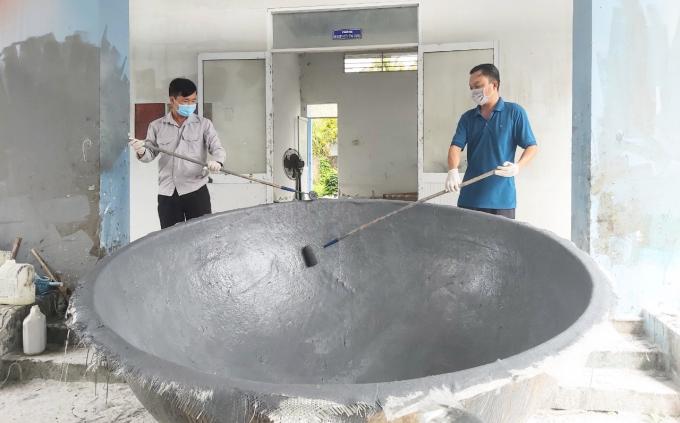
Biogas tanks made from composite materials help effectively treat livestock waste in Tra Vinh Province. Photo: Minh Dam.
Since 2018, the Center has manufactured and installed 2 models of biogas technology application for 2 high-density shrimp farming households in Duyen Hai district with the support of the Department of Science and Technology of Tra Vinh Province.
In 2019, Tra Vinh Department of Science and Technology continued to assign the Center to research and apply composite technology to produce larval rearing tanks and commercial shrimp seed for farmers in Tra Vinh Province. The process of implementing such tasks has been highly appreciated by the scientific council in terms of technology and efficiency.
In 2020, the Center implemented the project of supporting a model of applying biogas technology with composite materials in wastewater treatment in high-density shrimp farming households and local noodle production facilities.
The project is currently being implemented in Duyen Hai and Chau Thanh Districts (Tra Vinh). In addition, the Center has also cooperated with Tra Vinh Agricultural Extension Center to manufacture and install biogas tank systems made from composite materials to treat waste in high density shrimp ponds.
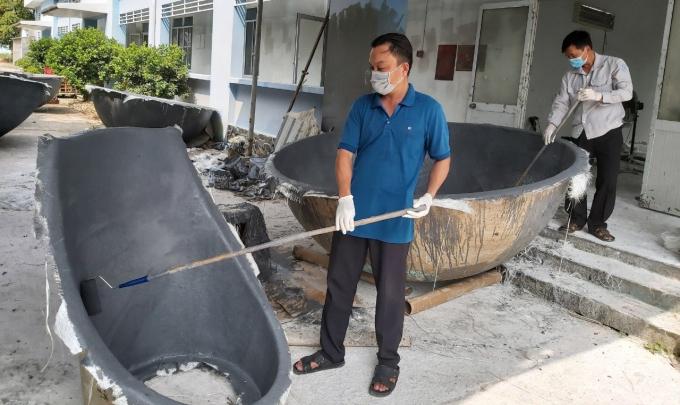
Tra Vinh Science and Technology Information and Application Center has mastered the technology of producing high quality biogas tanks made from composite materials. Photo: Minh Dam.
According to the Center for Information and Application of Science and Technology of Tra Vinh Province, it is necessary to build a biogas tank system made from composite materials to treat wastewater about 20 blocks in high density shrimp farming of 1,500sq.m.
The system should include a settling tank of about 4 cubic meters and two waste treatment tanks of about 16 cubic meters along with a treatment system that will support shrimp farmers to properly treat waste before discharging it into the environment and use gas as fuel, helping to save daily living expenses.
The advantages of biogas tanks made from composite materials include their high durability of up to 25 to 30 years, convenience in moving, installing or relocating from one place to another.
In the coming time, the Center will continue to support Cau Ngang District (Tra Vinh) in building 10 models in 10 intensive shrimp farming households.
Composite biogas tanks have also been widely used in treating the waste of noodle and rice paper production facilities in the area. The implementation of the project also helps the locality to successfully implement criterion 17 on environmental protection in building new rural communes.
The Mekong Delta is endowed with favourable natural conditions for aquaculture. The campaign of super-intensive shrimp farming is growing strongly in the coastal provinces. There have been tens of thousands of hectares of "super-profit" intensive and super-intensive shrimp farming in the area in a short time.
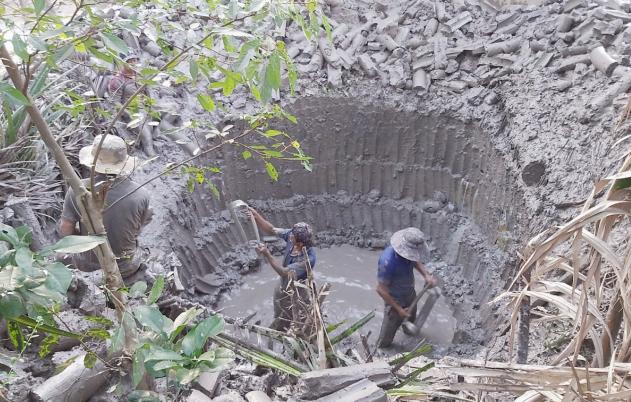
Farmers dig holes to build a biogas tank to treat pig waste. Photo: Minh Dam.
However, super-intensive shrimp farmers are also facing serious environmental problems from wastes of shrimp ponds which mainly consists of shrimp feces, leftovers, peeled shrimp shells... If such wastes are not properly treated, it pollutes not only people's daily life but also shrimp ponds and the surrounding environment.
To solve this problem, one of the effective methods is to combine the application of biotechnology to manufacture biogas tanks from composite materials to safely treat pond waste and generate gas for living.
“Initially, I raised two shrimp ponds, each of which covers an area of about 1,200sq.m, but I didn’t have a biogas cellar at that time. The amount of waste from shrimp ponds discharged into the environment was very large and smelled unpleasant,” said Le Nguyen Van Khoa, a farmer from Duyen Hai Town.
“Later, I increased my farm to six ponds and built a biogas tank made of composite materials for waste treatment. Since then, the environment has become much cleaner as the wastewater has become relatively transparent. In particular, the waste bait after being treated with the bibogas tank can also be used as effective fertilizer. Currently, I have 8 shrimp ponds and a biogas tank with a capacity of 17 cubic meters,” he added.
Thach Hel, who is running a facility of producing and trading vermicelli in Hoa Loi Commune, Chau Thanh District (Tra Vinh), also highly appreciated the effectiveness of biogas technology.
“The production of vermicelli consumes much water so the amount of wastewater is huge. In the past, I used to discharge the wastewater directly into the drain. Presently, the biogas tanks help to retain wastewater for treatment and improve the environment. Moreover, we have gas for daily use and therefore could save money spent on firewood,” he said.
Large-sized composite biogas tank is a new product with a capacity suitable for aquaculture households in rural areas. The advantages of the tank are high air tightness, long oxidation, great bearing capacity, anti-acid corrosion, quick construction, suitability for construction on subsidence, cracked, and swampy land.
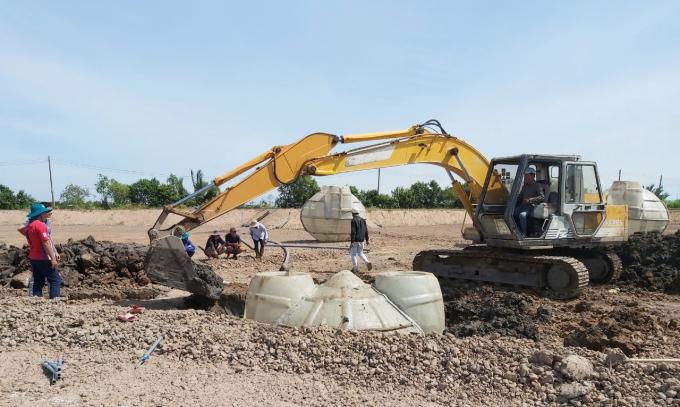
Biogas tanks have been effectively used by many intensive and super-intensive shrimp farming households in treating waste. Photo: Minh Dam.
Besides, a biogas tank is convenient in transportation due to its light weight. Especially gas produced from the tank could be used as a safe fuel with high efficiency while having no unpleasant smell. Biogas products made from composite materials contribute to a clean environment and therefore help to prevent diseases.
Added to that, the tank can be moved to other places after a long time of use. With many of these preeminent features, composite biogas tanks are suitable and convenient for use by farmers in many localities in the Mekong Delta.
Nguyen Minh Tri, a villager of Cang Long District (Tra Vinh) is using a composite biogas tank to treat waste for 150 pigs and preparing to add another 50 sows.
“I have installed and used a composite biogas tank for six to seven months and it has been proved effective. In addition to the unpolluted environment, the waste produced as a gas is also good. I plan to install new tanks to expand the farm,” he said.
Meanwhile, Nguyen Huu Minh in Nguyet Hoa Commune, Chau Thanh District said that he built a brick biogas cellar a few years ago, which has already been damaged during use. He has switched to using biogas tanks made from composite.
“The advantage of a composite biogas tank is its convenience in construction and transportation. But the biggest advantage is the thorough treatment of environmental pollution and emission of gas for use,” Minh said.
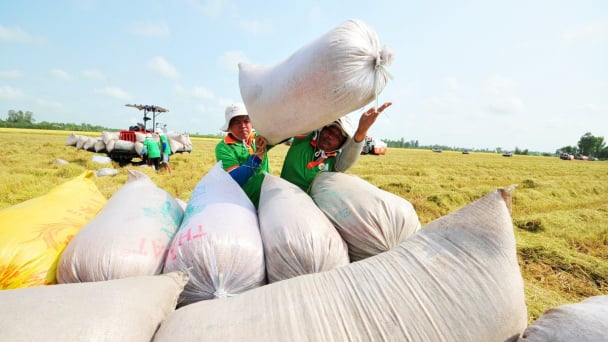
(VAN) The rice industry in the Mekong Delta is undergoing a major transformation, shifting toward sustainable, high-quality, and low-emission exports to meet the green and clean standards increasingly demanded by international markets.
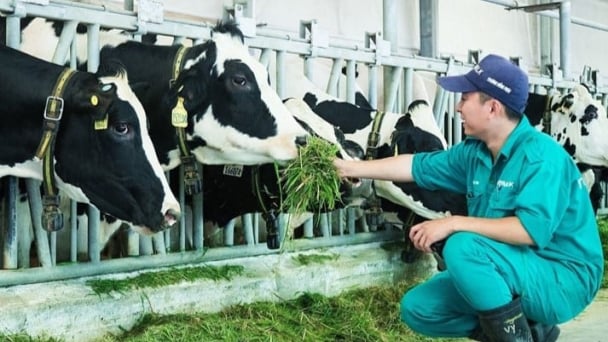
(VAN) According to Tong Xuan Chinh, Deputy Director of the Department of Livestock Production and Animal Health, Vietnam’s dairy cattle industry must overcome seven major challenges to achieve sustainable development.
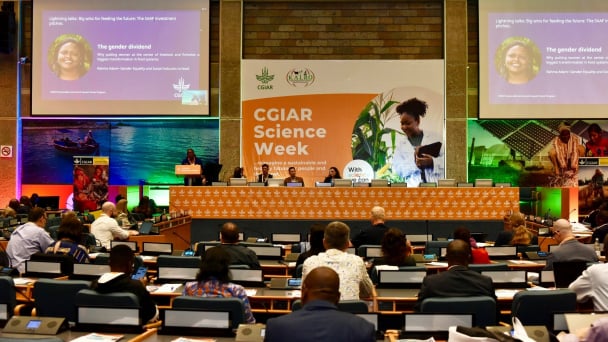
(VAN) The CGIAR’s Sustainable Animal and Aquatic Foods (SAAF) program represents a new approach that emphasizes the transformation of food systems toward sustainability.
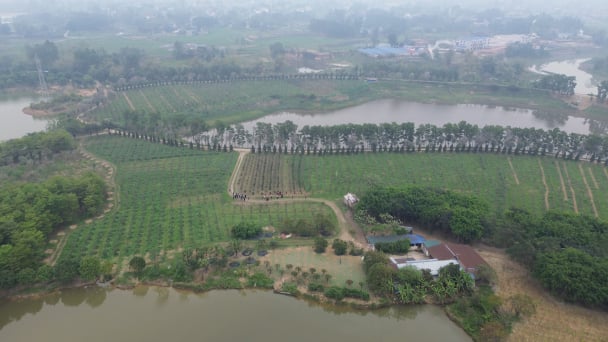
(VAN) Scientists assume that industrial agriculture has been 'outdated.' As a result, a comprehensive overhaul or a revolution in the direction of embracing ecological agriculture is needed.
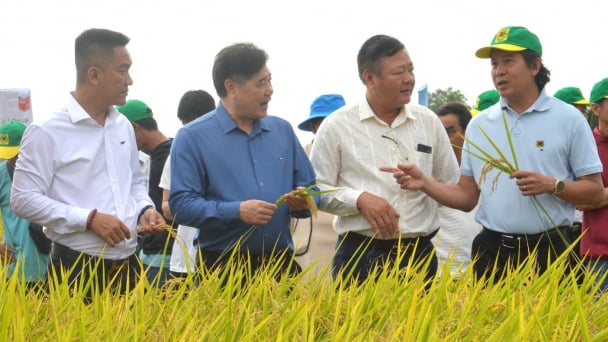
(VAN) The results from pilot fields are catalyzing the expansion of the One million hectares of high-quality, low-emission rice project in Kien Giang.
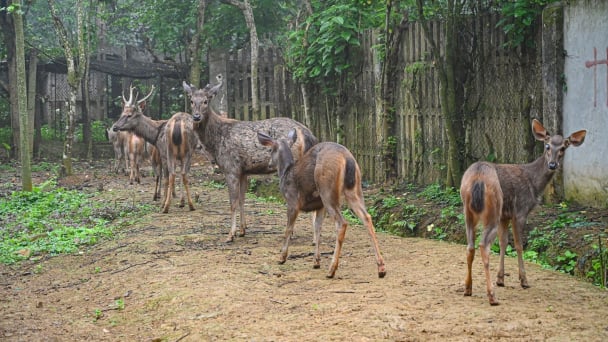
(VAN) On the morning of April 11, Cuc Phuong National Park received 18 individuals of endangered and rare wild animals from Da Nang city.
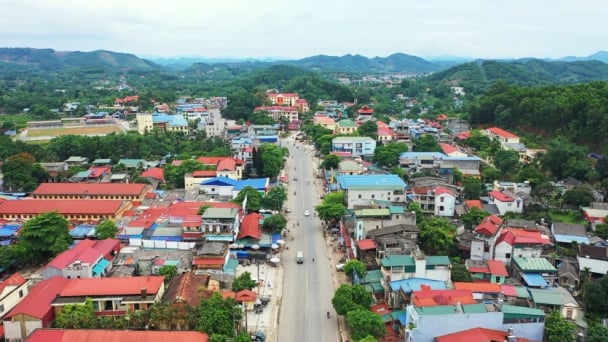
(VAN) FAO supports Vietnam in enhancing survey sampling techniques for the 2025 nationwide agricultural and rural census.